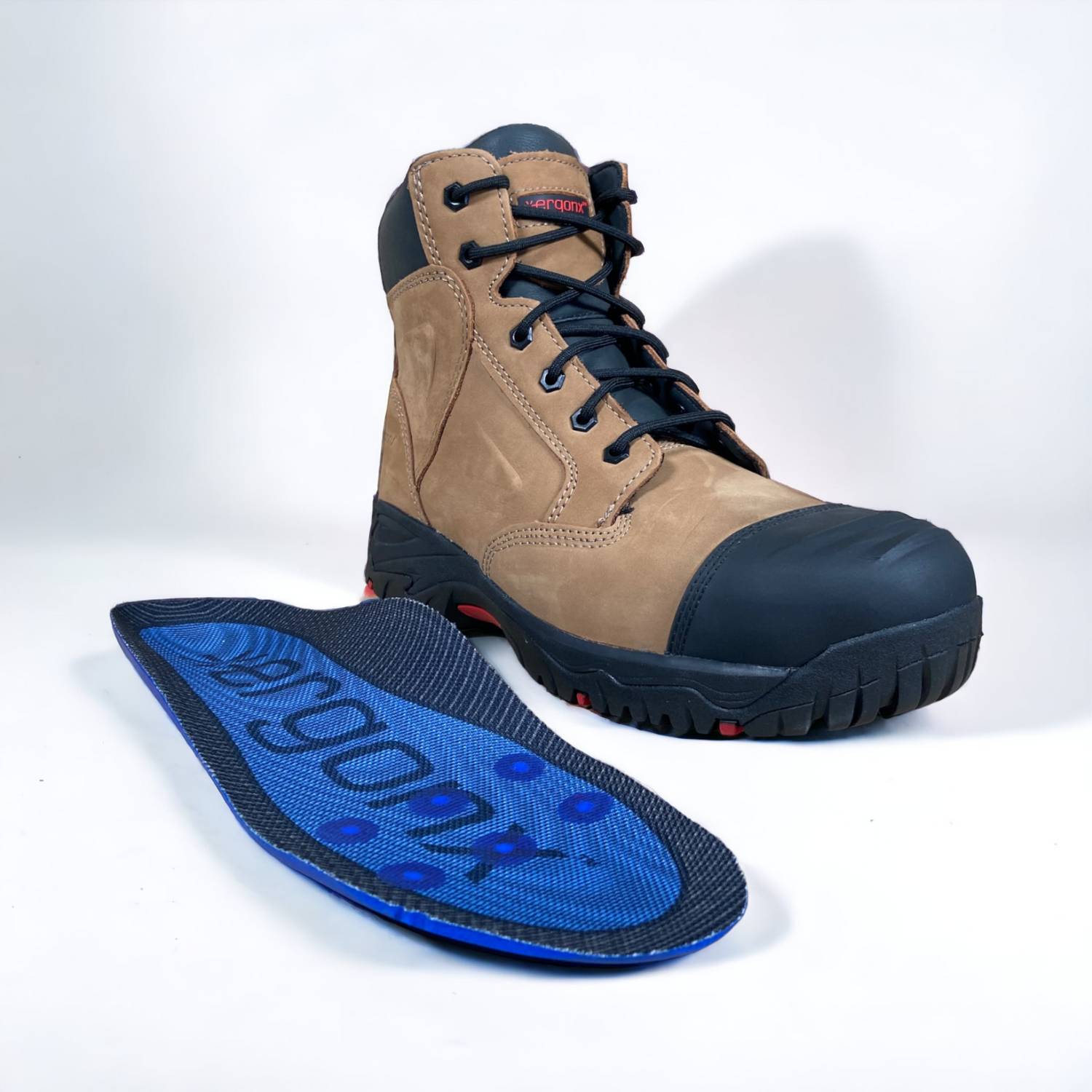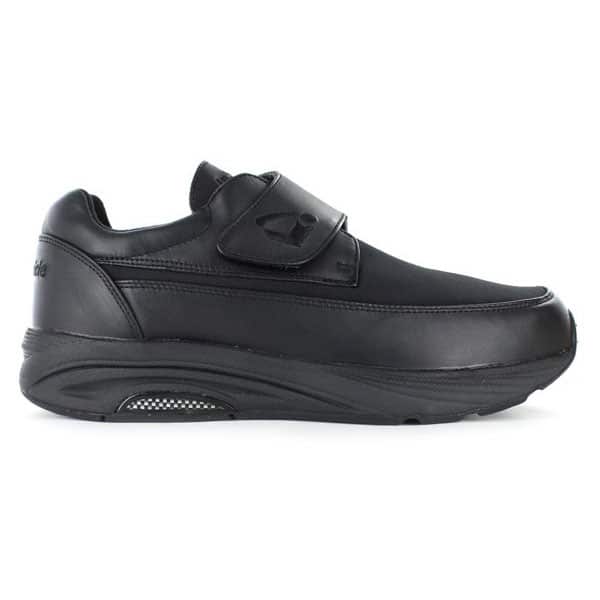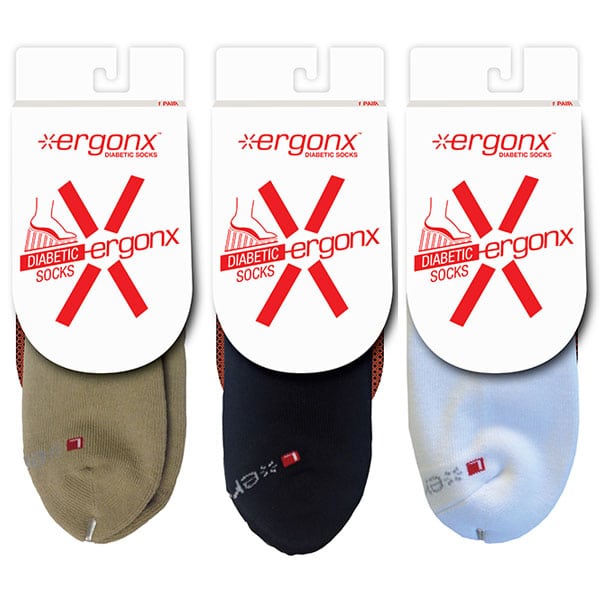Fungal Nails and Onychomycosis
Fungal Nails and Onychomycosis
Intensive pain and swelling require applying a cast to completely immobilize the area for about a month.
The fungi that cause the infection are usually a combination of Trichophyton Rubrum Trychophyton Interdigitale. These fungi are microscopic vegetable organisms that use organic material as a source of energy and are collectively known as dermatophytes. Keratin is the organic component in the nail plate that the fungi eat and use as energy. The wastes from the fungi are deposited beneath the nail.
The appearance of a fungal nail is usually a thickened, brittle, brown-green coloured nail.
The exact source of the infection is difficult/ impossible to determine as most of the fungal conditions have an unremarkable onset and are usually only noticed after a considerable time period has passed.
The fungal infection of nails usually begins in the free end of the nail and will most often progress to cover the entire nail. Unfortunately the fungal infection will often spread to the other nails if left untreated. In severe cases the nail may even begin to lift and separate from the nail bed over time due to the amount of waste material that is deposited beneath the nail.
Treatment of fungal nails usually involves the application of a topical anti-fungal nail pain for 3 to 6 months. Cutting back as much of the fungal portion of the nail during this period is also helpful as it will eradicate some of the living fungus.
The aim of the anti-fungal is to prevent the new nail growth from being infected. As new growth occurs the fungal section can be trimmed from the nail. This is repeated until all of the fungal area of nail is removed.





